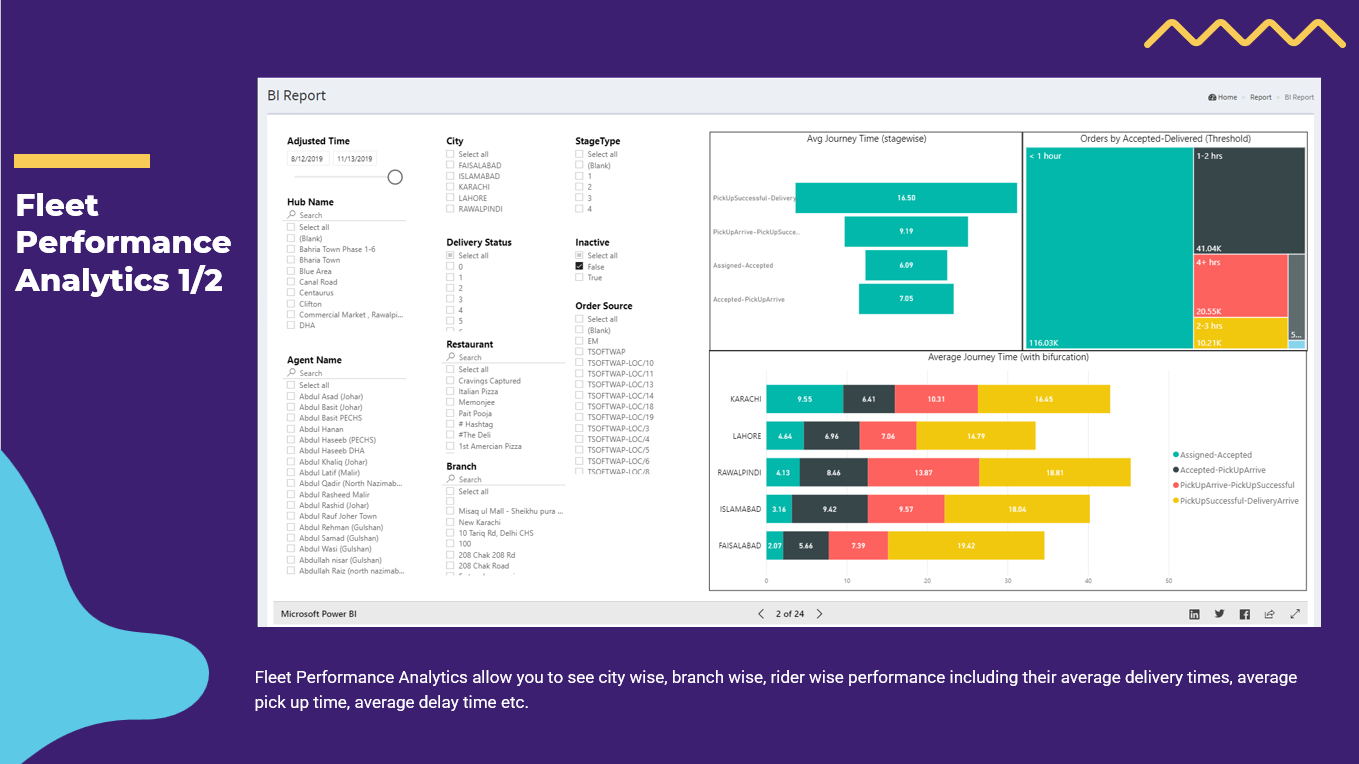Marketing is a fascinating subject when it comes to business studies. Many have devoted their lives to studying the best way of marketing, yet there is no tailor-made, one-size-fits-all solution. To some, marketing is more improvisation than following a standard operation.
With the emergence of new data analytics solutions, restaurant brands can now identify audiences at the sales conversion level for remarketing efforts. You can also specify other look-alike market segments for your product based on these analytics.
However, with social media engagement and user profiling, we can gauge specific characteristics about our customers, which will help target the audience.
These statistics and analytics do not discuss why they are buying that item? How to make them buy again? Etc.
We will have to rely on customers’ sales data and use reliable metrics to convert data being gathered by customers’ sales visits.
By gathering and analyzing actual customer sales data and gaining insight into those who have already converted, brands build proper customer segments for targeting high, medium, and low-frequency guests.
This data can directly integrate with email/SMS loyalty programs, social media, and display-ad networks and inform traditional advertising.
By using historical trends, one can now compare them with existing customer sales data to determine the incremental change in sales due to marketing effort.
An essential factor to keep in mind is to take an ample amount of time when comparing sales data as it is sometimes that after the marketing campaign has ceased, the sales start to gain momentum.
Therefore, taking ample time after the marketing campaign is pertinent to compare the sales uplift and contribution of marketing efforts in it.
Lastly, it is crucial to consider the external variables and market conditions when leveraging customers’ sales data with the marketing efforts. Sometimes, seasonal holidays and trends, weather patterns, and school breaks are external factors operating behind the sales uplift.
By integrating market conditions and customer sales data, restaurant brands can finally see inside the unknown area and complexities of your advertising to identify the actual incremental lift of your ad spend.
Eventually, maximizing your advertising with data-driven sales insights based on actual guest visits will allow you to target customers rather than clicks and provide a roadmap to higher returns on your marketing dollars.


